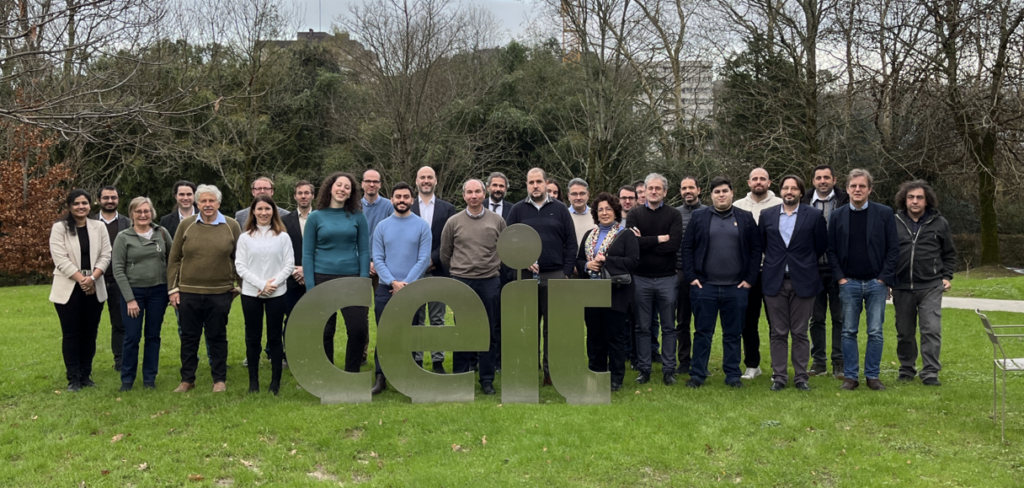The HARMONY Project Sets Sail to Revolutionize Rare Earth Element Recycling
San Sebastián, Spain – The HARMONY Project, a pioneering initiative aimed at revolutionizing rare earth element (REE) recycling, officially embarked on its journey during a momentous kick-off meeting held in the scenic city of San Sebastián, Spain. Hosted by CEIT, the event took place on January 9 and 10, 2024, marking the start of an ambitious endeavor to foster a sustainable, circular economy within the European Union. The event brought together partners from across Europe to chart the course for the project’s journey ahead. Over two days of intensive discussions and planning, participants laid the groundwork for the ambitious endeavor that lies ahead.
The HARMONY Project, backed by Horizon Europe, brings together a consortium of 21 partners spanning six countries for a period of 36 months, united in their mission to address the challenges posed by End-of-Life (EoL) NdFeB permanent magnets (PM). With a budget of €7.1 million and a timeline spanning three years, the project aims to establish a relevant, sustainable, and flexible closed-loop recycling process, aligning with the EU Circular Economy Action Plan (2020).
NdFeB magnetsNdFeB magnets, also … More, renowned for their strength and resistance to demagnetization, serve as critical components in a wide array of applications, including electronic devices, wind turbine generators, and hybrid-electric vehicle motors. As the demand for these applications surges, Europe finds itself increasingly dependent on these elements, highlighting the urgency of establishing sustainable recycling solutions.
“The HARMONY Project’s mission is clear: to secure critical value chains and pave the way for a sustainable, circular economy. Our goal is to develop a comprehensive recycling process, covering everything from magnet collection and dismantling to metal recovery and magnet production.”
– Project representatives at the HARMONY launch meeting
Key objectives of the HARMONY Project include improving the recyclability of REEs permanent magnets from various waste streams, such as EoL wind turbines and electric motors. From collection and dismantling to metal recovery and magnet production, the project encompasses the entire value chain of magnet recycling. By optimizing each stage and demonstrating the economic, environmental, and social viability of the process, Harmony seeks to set a new standard for rare earth element recycling in Europe. Through the development of a full recycling process, the project aims to achieve a Technology Readiness Level (TRL) of 6-7, demonstrating the economic, environmental, and social viability of the closed-loop recycling process.
The project’s methodology encompasses the utilization of both direct and indirect recycling methods to efficiently recover REEs from scrap materials. In addition to its primary objectives, the HARMONY Project is closely aligned with related initiatives such as SUSMAGPRO, REESilience, REEPRODUCE, and PASSENGER, further amplifying its impact within the realm of rare earth element recycling.
As the project sets sail, it will embark on eight pilot plants, each focusing on optimizing various stages of the recycling process, from collection and dismantling to gas atomization
Gas atomization … More and melt spinning. These pilots represent critical milestones in the journey towards establishing a resilient and complete recycling value chain for rare earth elements in Europe.
With its innovative approach and collaborative spirit, the HARMONY Project is poised to spearhead a paradigm shift in rare earth element recycling, paving the way for a more sustainable and self-reliant future for Europe.
Follow the HARMONY Project’s journey from inception to fruition as it strives to redefine the landscape of rare earth element recycling in Europe via the project’s website and social media channels (Twitter and LinkedIn).
Image: Group Photo from Kick-off Meeting in San Sebastián, Spain (Source ESCI).
